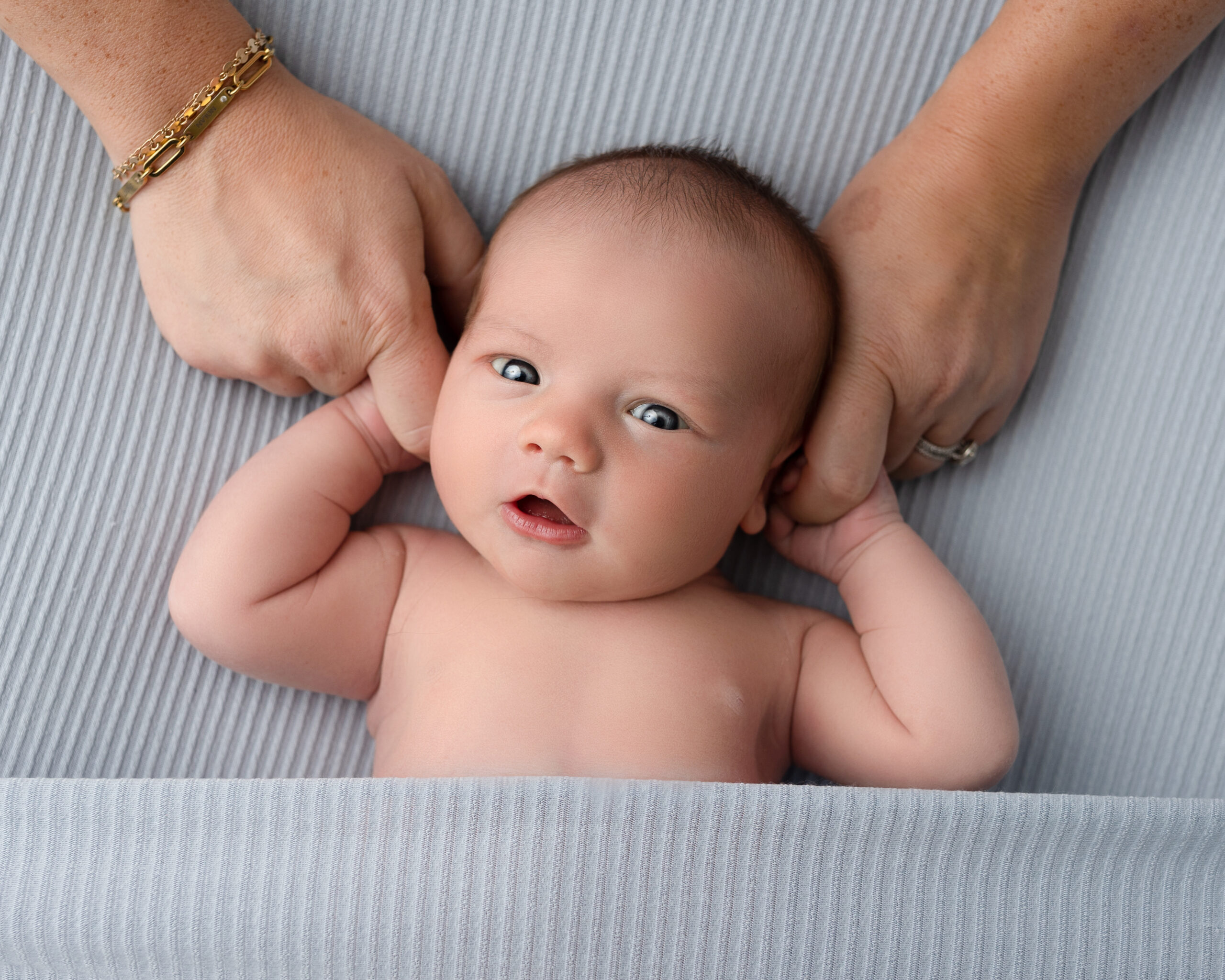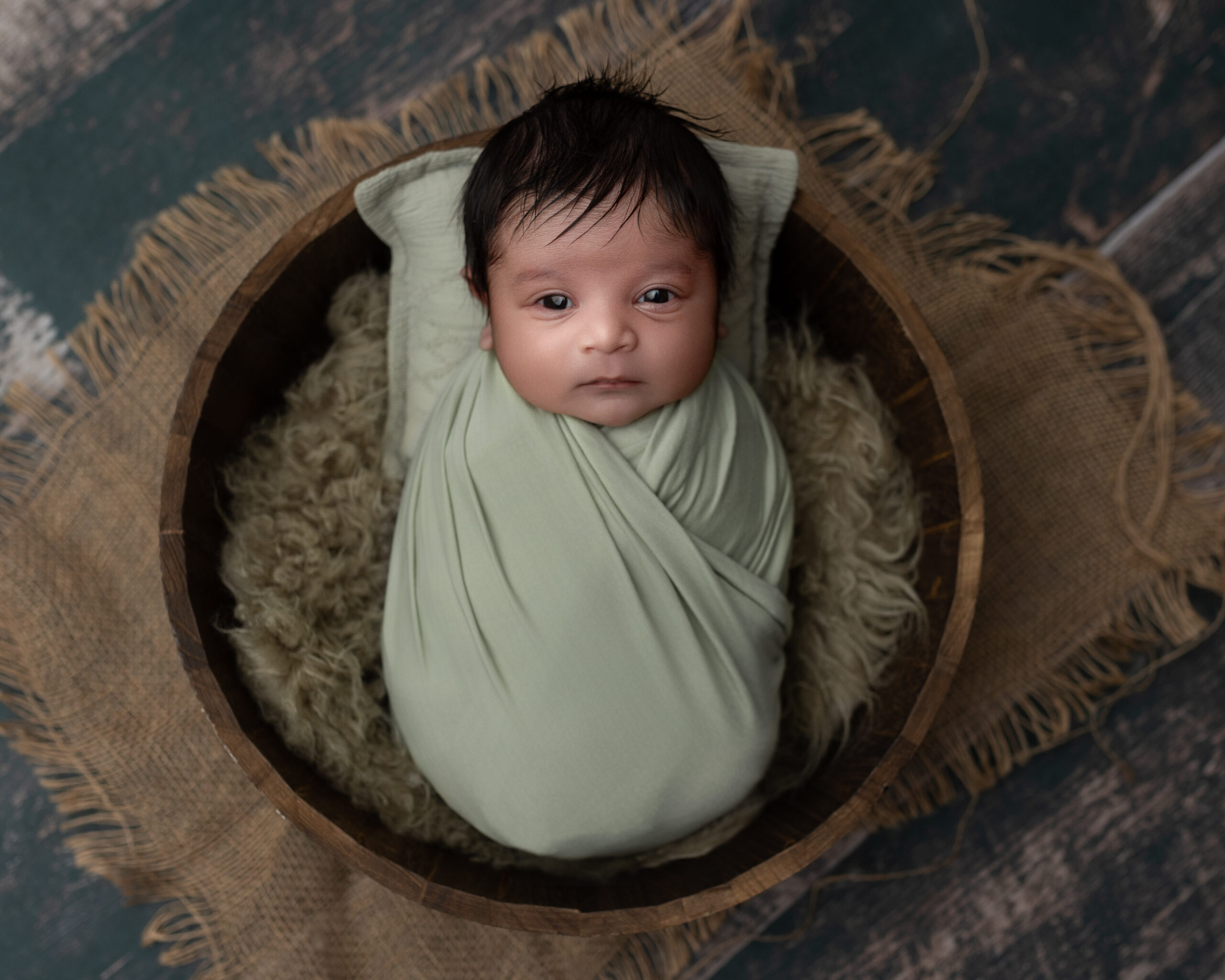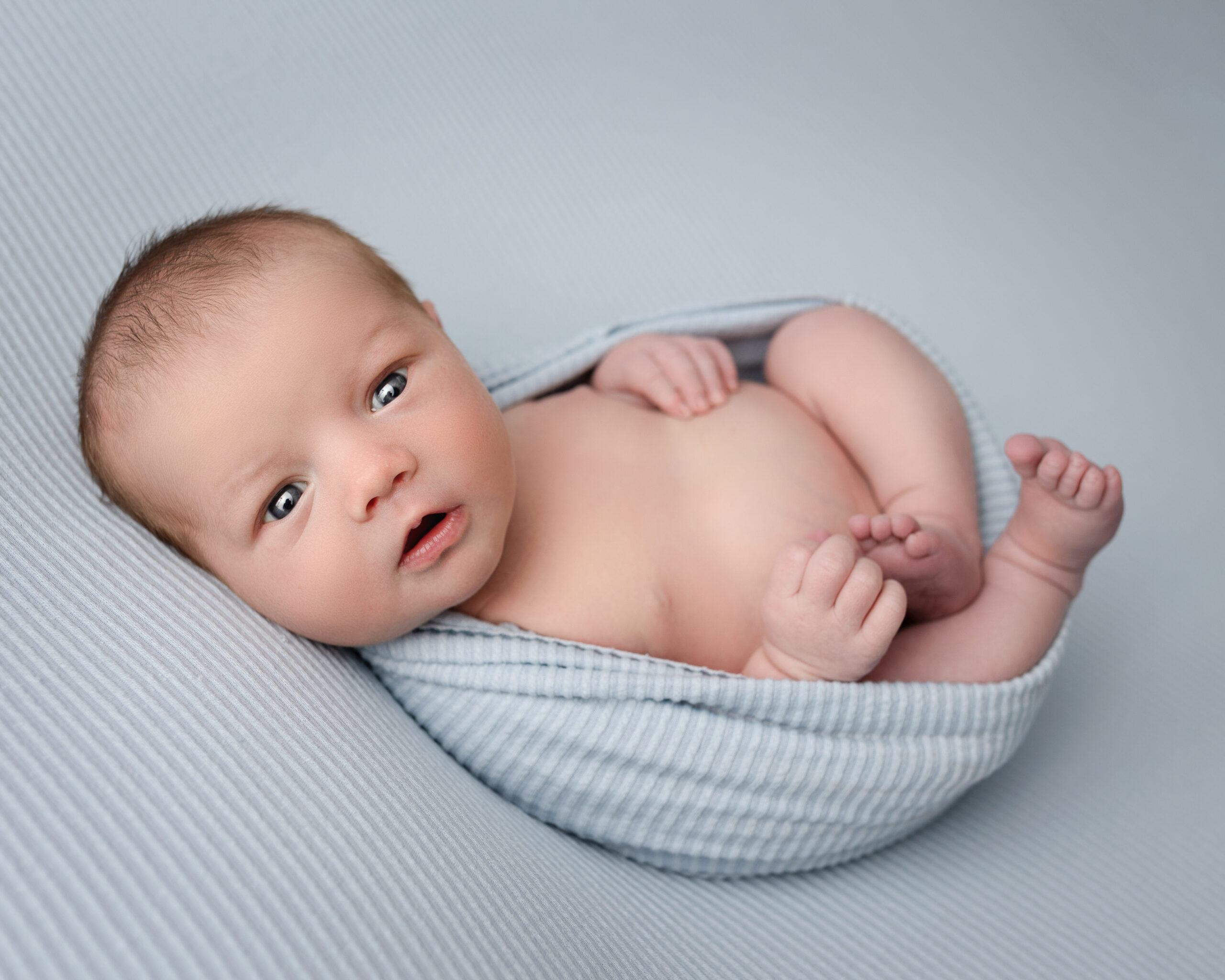Newborn vision development is a fascinating process that begins when your baby is born. During the first few months, your little one’s eyes undergo significant changes as they explore the world around them. While their visions are limited at birth, understanding how their sight develops can help you support their growth. In this article, I’ll share the stages of newborn vision development, what your baby can see during these early months, and how you can support their growth.
The Stages of Newborn Vision Development
0-1 Month: Initial Vision Capabilities
When your baby is born, their vision is quite limited. Newborns primarily see in shades of gray and can only focus on objects about 8 to 12 inches from their face—the perfect distance for gazing at your face during feeding. Their vision is blurry, but they are highly sensitive to high-contrast patterns, such as black-and-white stripes.
1-2 Months: Early Visual Milestones
As your baby reaches the 1 to 2-month mark, you’ll notice some exciting changes in their visual abilities. During this period, your newborn vision development includes improved tracking skills. Your baby will start to follow moving objects with their eyes and show increased interest in colorful toys and patterns.
2-3 Months: Improved Vision Skills
By 2 to 3 months, your baby’s vision is developing rapidly. Newborn vision development during this stage includes enhanced color recognition and better depth perception. They can now distinguish between different shapes and sizes, and their eye movements become more coordinated. Your baby will also show a stronger preference for faces and may begin to recognize familiar people.
3-4 Months: Advanced Visual Perception
At 3 to 4 months, newborn vision development reaches a significant milestone. Your baby’s ability to see and interpret visual stimuli is much more advanced. They can focus on objects at varying distances, track moving items smoothly, and recognize a wider range of colors and patterns. Depth perception improves, allowing them to better gauge distances and spatial relationships.
Signs of Healthy Newborn Vision
- Tracking and Focusing
One of the key signs of healthy newborn vision is the ability to track and focus. Observe whether your baby can follow moving objects with their eyes and maintain focus on nearby items. This tracking ability indicates that their visual system is developing as expected.
- Response to Visual Stimuli
Another indicator of healthy vision is your baby’s response to visual stimuli. If your baby reacts to lights, colorful toys, and patterns, it suggests that their visual system is functioning well. Pay attention to how they engage with different visual inputs.
- Engagement with Caregivers
Your baby’s engagement with caregivers is also a positive sign of visual development. If your baby shows interest in looking at your face, responding to your expressions, and recognizing familiar people, it reflects their growing visual and social skills.
When to Be Concerned
While some variations in visual development are normal, it’s essential to be aware of potential red flags. If you notice significant delays in your baby’s ability to track objects, focus, or respond to visual stimuli, it might indicate a need for further evaluation. If these concerns persist, please consult a pediatric ophthalmologist for a comprehensive assessment and guidance on any potential issues.
Capture the precious early moments of your baby’s life with a newborn photography session! Contact me to book your session today and cherish these moments forever.
Additional Resources



